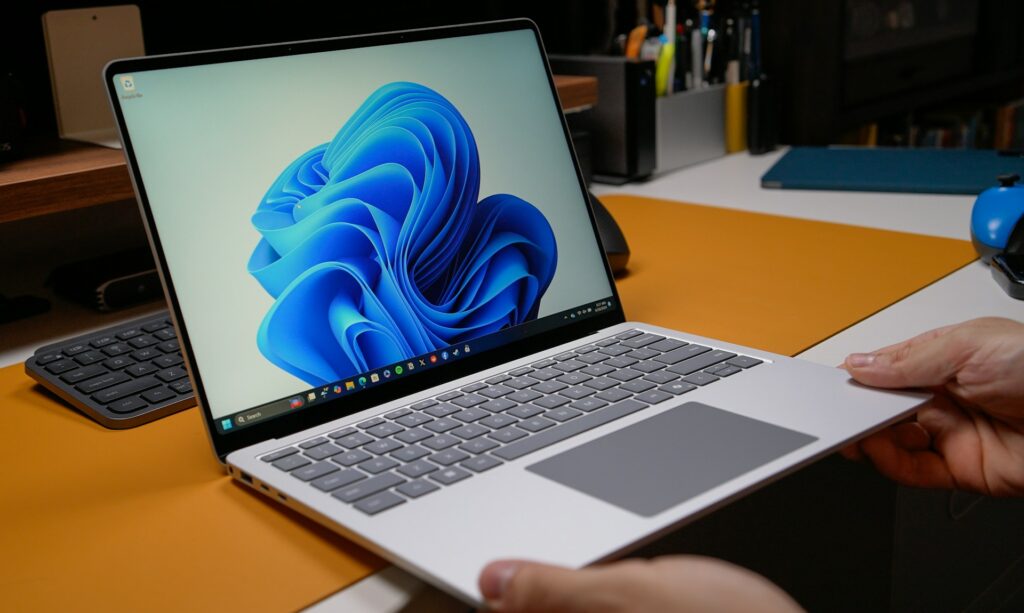Make use of the modern command line by using Windows Terminal.

Make use of the modern command line by using Windows Terminal.
In order to take the role of the more conventional Command Prompt and PowerShell windows, Microsoft has developed a command-line interface called Windows Terminal that is both cutting-edge and packed with features. It provides a robust environment for developers, IT professionals, and advanced users by combining speed, flexibility, and customisation in a single package. The command-line tools in Windows may be used to their maximum capacity if you have a thorough understanding of its features and capabilities, which will help you to operate more effectively.
Acquiring Knowledge about the Windows Terminal
Windows Terminal is not a single shell but rather a host program that may be used in a variety of command-line setting contexts. Within a single interface, it is able to execute a variety of shells, including Command Prompt, PowerShell, Windows Subsystem for Linux (WSL), and others. It supports tabs, panes, GPU-accelerated text rendering, and current typefaces, which makes it very flexible and user-friendly. This is in contrast to earlier terminals, which also offer these features.
Installation of Windows Terminal and its Continuous Update
The Windows Terminal application may be downloaded from the Microsoft Store at no cost. Start the Store application, look for Windows Terminal, and then click the Install button. If you update it via the Store, you will have access to the most recent features, as well as additional security enhancements and bug fixes. It is also possible to install it using winget, which is Microsoft’s package manager, by utilizing the command winget install –id Microsoft.WindowsTerminal.
Managing Tabs and Panes in a Browser
The ability to browse between tabs is among the most helpful features of Windows Terminal. If you click the plus sign or press the Ctrl, Shift, and T keys simultaneously, you will be able to launch several tabs for the Command Prompt, PowerShell, or WSL. It is also possible to divide panes inside a single tab in Windows Terminal by pressing Alt + Shift + D. This may be done for either horizontal or vertical splits simultaneously. Through this, it is possible to execute many instructions simultaneously without having to switch windows.
Personalizing One’s Appearance
Windows Terminal offers a great deal of personalization. If you want to change the themes, colors, fonts, and background pictures, you may open Settings by pressing Ctrl +. You have the flexibility to set your own color schemes, make adjustments to the transparency, and use fonts such as Cascadia Code or Fira Code since they are more readable. Having these choices allows users to feel more comfortable visually during lengthy coding sessions and assists them in distinguishing between various shells.
The Utilization of Profiles for Various Shells
By using profiles, you are able to set each shell in an autonomous manner. For instance, you may build a profile for PowerShell that has certain color schemes, starting directories, and letter sizes, and you can also create a profile for WSL that has distinct parameters. Profiles may be accessed by going to Settings > Profiles, and each profile can be started in a different tab. Multitasking is made easier by this arrangement, which also maintains the separation of contexts.
Efficiency-enhancing shortcuts for the keyboard
Productivity may be increased by using a broad variety of keyboard shortcuts, which are supported by Windows Terminal. Ctrl + Shift + T is a shortcut that allows you to start a new tab, Alt + Shift + D allows you to divide panes, Ctrl + Shift + W allows you to dismiss a tab, and Ctrl + Tab allows you to navigate between tabs. These are some helpful shortcuts. In addition, the settings JSON file may be used to specify custom shortcuts, which enables processes to be adjusted to specific needs.
Command History and Search are both used.
Command history is preserved in Windows Terminal, which enables you to go through previously performed commands by using the up and down arrow keys while you are using the program. It is possible to search the terminal output for a particular text by pressing Ctrl + Shift + F. Using these capabilities, repeated activities are simplified, prior instructions are tracked, and the speed with which troubleshooting is performed is improved.
Through the use of Windows Subsystem for Linux (WSL)
There is a smooth integration between Windows Terminal and WSL, which makes it possible for Linux command-line tools to operate natively using Windows. By downloading Windows Shell Language (WSL) and a Linux distribution from the Microsoft Store, you will be able to start Linux shells in a Terminal tab, access Linux commands, and even execute scripts right alongside Windows tools. The processes for development, testing, and automation are all improved as a result of this connection.
Making Use of JSON Settings for More Detailed Personalization
Settings for Windows Terminal are saved in a JSON file, which allows for more complex setup, and this file is accessible to advanced users. Personalization options include the ability to create key bindings, color schemes, profiles, and startup behaviors. When compared to the graphical user interface (GUI), editing the JSON file offers more granular control, which enables power users to customize their terminal environment precisely how they want it on their own.
Execution of Commands Through the Administrator
A great number of jobs need for enhanced privileges. You may open a tab in Windows Terminal as an administrator by right-clicking the Windows Terminal icon and choosing Run as administrator. Alternatively, you can configure a profile to start with administrative permissions. Both of these features are available in Windows Terminal. It is because of this that instructions that have prerequisites at the system level are executed appropriately and without any limits.
Individualizing the Behavior of Startup
Windows Terminal may be configured to open a certain profile or directory by default. This can be done by the user. Under Settings > Startup, choose the default profile and then specify the directory in which the system will begin. Whenever you start the terminal, you will be able to immediately enter the environment or project folder that you like to work in.
Extension of Functionality Through the Use of Tools and Plugins
In addition to being compatible with extensions, Windows Terminal also interfaces with other productivity applications. It is possible, for instance, to utilize Git commands, Python scripts, or PowerShell modules right inside the Terminal. It is possible to construct individualized scripts, aliases, and automation processes in order to simplify operations that are repetitive, therefore transforming Terminal into a central center for system administration.
Continuously Monitoring Logs and Performance
Certain shells and scripts may have their performance data shown in real time using the Windows Terminal utility. You are able to monitor the use of both the CPU and the RAM by using commands such as Get-Process in PowerShell or top in WSL. During the process of development or administrative duties, this makes it simpler to identify operations that use a significant amount of resources and to enhance system performance.
Keeping Settings Consistent Across Multiple Devices
Using Microsoft account sync, you are able to synchronize the settings of your Windows Terminal environment if you utilize several Windows computers. Once you have logged in using the Settings > Accounts menu, your profiles, color schemes, and key bindings will be accessible on all of your devices. As a result, the experience is guaranteed to be uniform, and the need to setup each machine separately is eliminated.
The classic command-line experience is revolutionized by Windows Terminal, which combines several shells, a variety of customization options, and many contemporary features into a single user interface. It provides developers, IT professionals, and power users with an unprecedented level of versatility, including features like as tabbed navigation and split windows, as well as interaction with WSL and comprehensive customization options. When you have mastered Windows Terminal, you will be able to enhance productivity, optimize processes, and connect with the command-line tools that come with Windows in a way that is both quicker and more productive than ever before.




